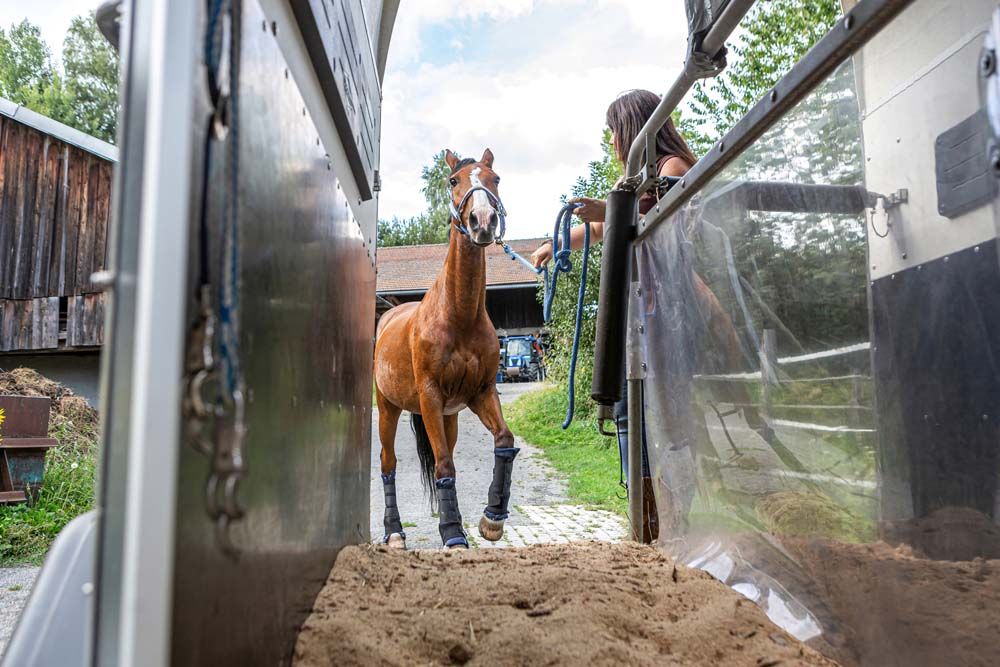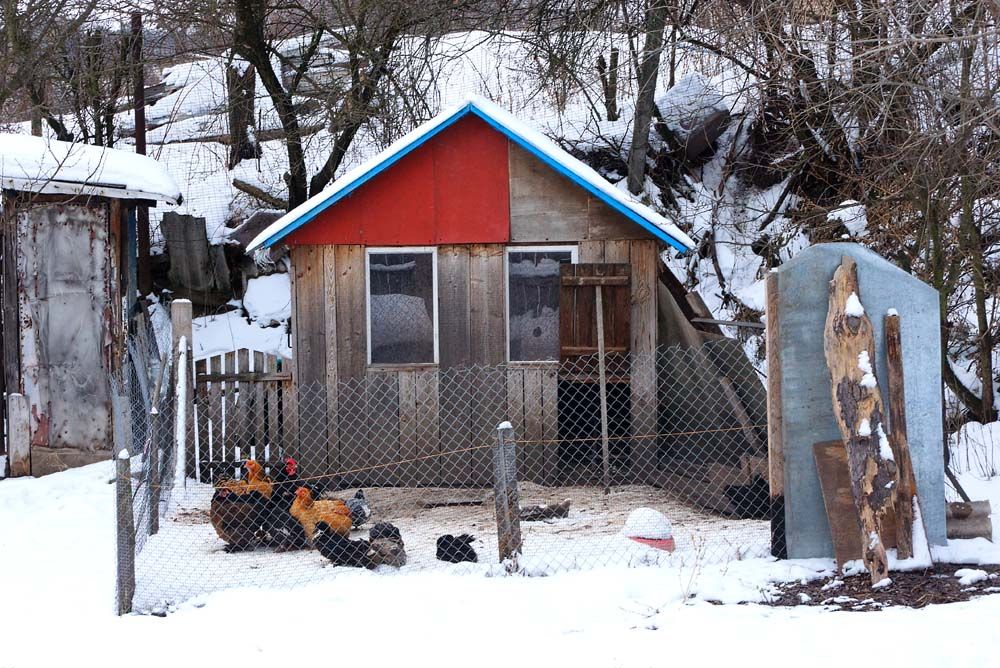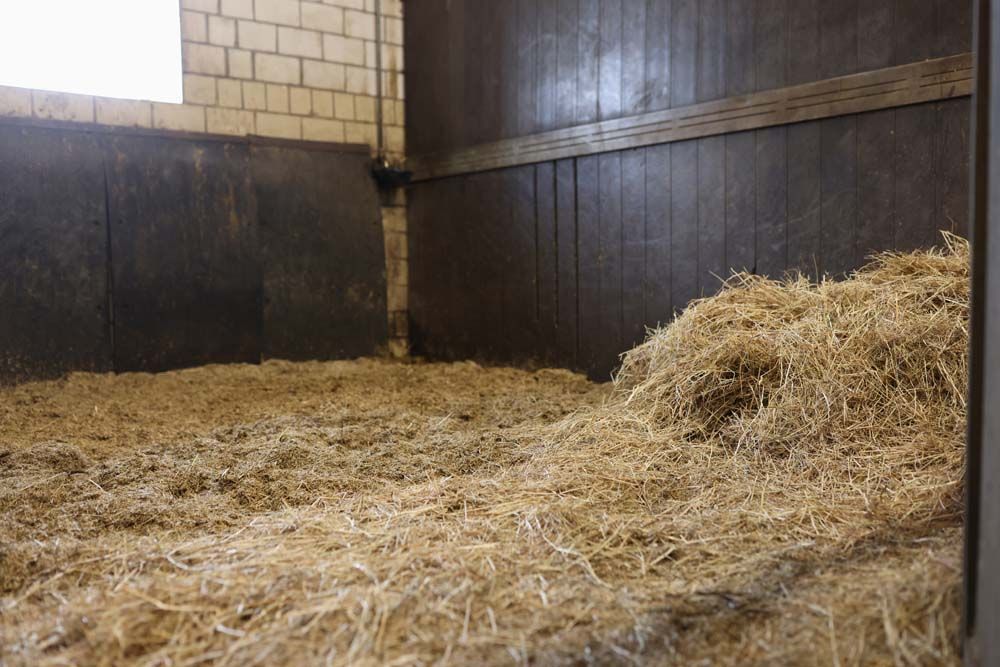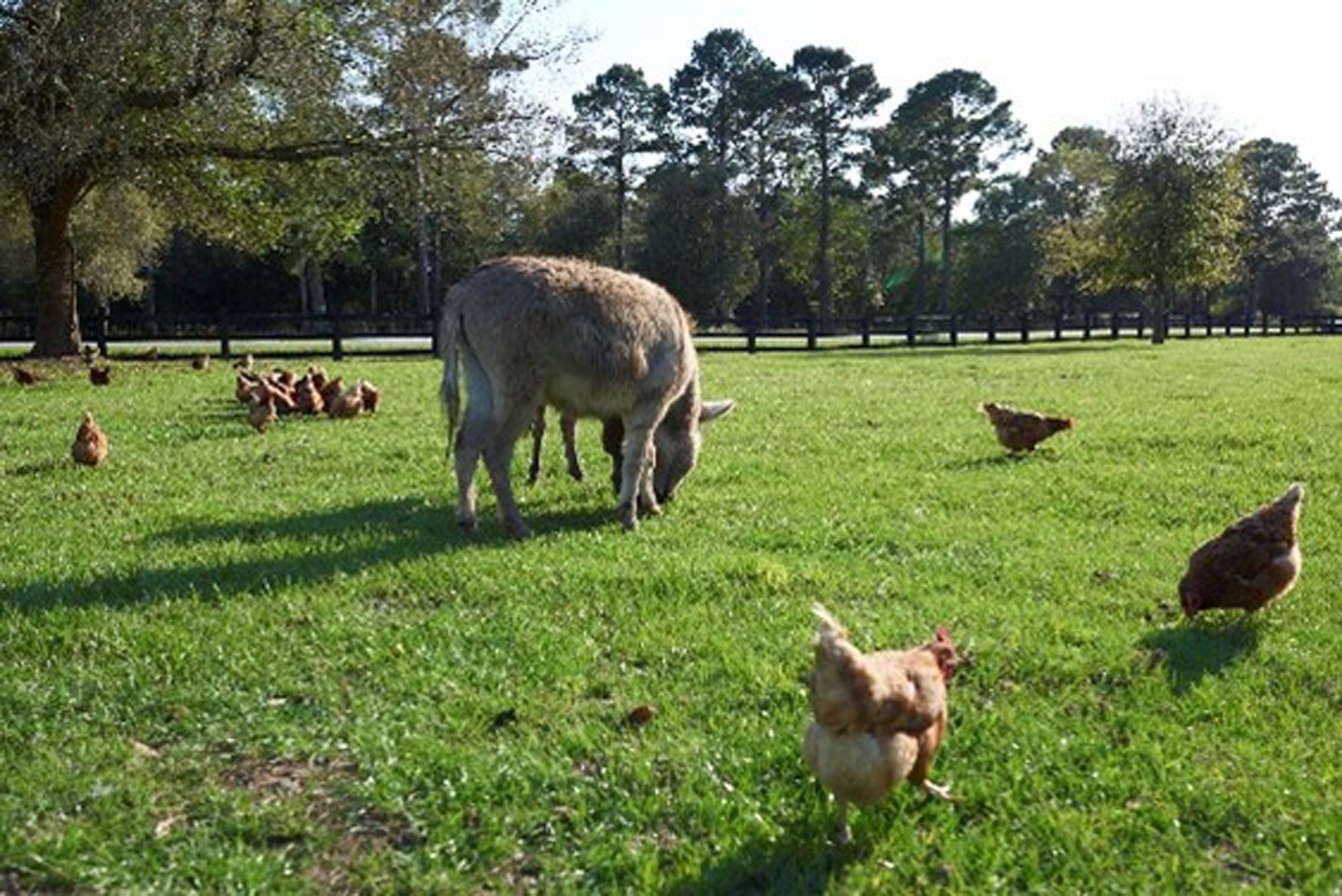Raising Tropical Tilapia in the Heartland
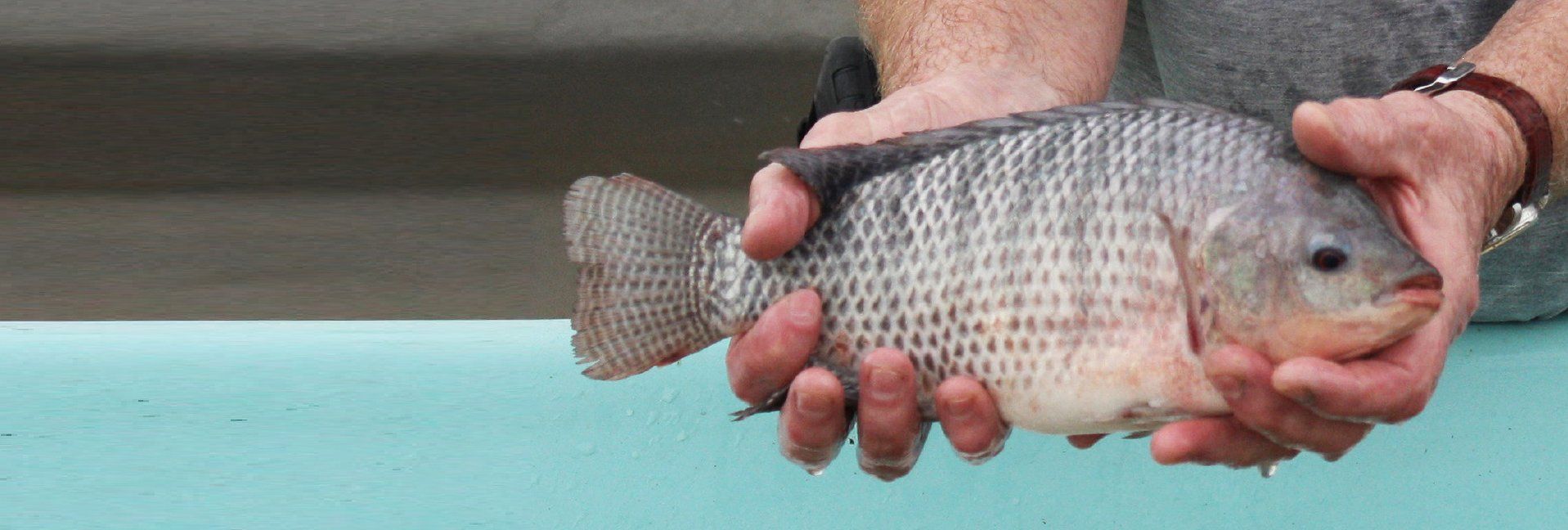

Interstate 35 winds from Duluth, Minn. to Laredo, Texas and none of it is tropical, except for 3.8 acres of polycarbonate greenhouse alongside
the highway in Iowa.
At the 133-mile marker, surrounded in every direction by corn and soybeans, hogs and cattle, Eagle’s Catch is an indoor tilapia farm in tiny Ellsworth, Iowa (population 531 or so). And like neighboring grain farms that have survived by using economies of scale, Eagle’s Catch is doing that with tilapia.
In fact, they’re on track to produce 5 million pounds a year.
Let that sink in—5 million pounds is a lot of fish.
Backyard pond to factory
There’s hardly a rural landowner with a farm pond that hasn’t briefly considered trying to make fishing into a profitable business. That was the case in the 1960s in the Southeast when catfish production first jumped from rivers to commercial ponds, and it now tops 350 million pounds (but is down to half what it was a decade ago).
In fact, the rise-and-fall of species like catfish caught the attention of Joe Sweeney of Radcliffe, Iowa, a business student at Iowa State University. As an entrepreneurial 2013 graduate in Ag business, his ears pricked up when he saw that an up-and-coming fish—barramundi—had high demand from quality restaurants and had low production. And most of it was imported.
Working with his family—grain farmers, predominantly—Joe and his engineer brother Jim carved out some acres from the farm and in 2014 devised a production facility for barramundi. It was self-contained, eco-friendly, and ultimately profitable.
Not only did his Buckeye Fish Company prove his production concept, but it had become the largest fish farm in Iowa, attracting some investor attention. It, and others, were purchased by another company. (See the sidebar on page 31).
Why tilapia?
Tilapia is a freshwater fish living in shallow streams, ponds and brackish water. They are farmed both outdoors and inside. You can buy frozen tilapia at the supermarket, and it is the fish of choice for many restaurants because of its versatility.
The crux of it is, though, that almost all of the tilapia bought in the U.S.—it’s a $1.5 billion market—is imported, much of it from large production operations in China, Vietnam, Indonesia, Honduras, Ecuador, Columbia, and Mexico.

Tilapia has been called “the fish of the future” because it grows quickly in just about any kind of water and is omnivorous.
CEO Joe partnered with Paul Skartvedt (Board President), who was part of the Buckeye operation, and CFO Nathan Katzer—bright, small-town Iowa farm boys, every one—and created Eagle’s Catch to fill the void in the marketplace.
Why Ellsworth, Iowa?
There’s always that I-35 location. And compared with larger cities, small rural towns are nearly perfect for startups—land is relatively inexpensive, there is often a ready and willing labor market, and lenders are used to high-ticket agriculture-related enterprises.
Eagle’s Catch is funded by 56 individual investors and the USDA Rural Development Program.
Best of all, in the view of Eagle’s Catch partners, you are surrounded by renewable raw materials to feed your tilapia. While they are currently buying fish feed on the market, they have been working with Iowa State University with the idea that all their feed will soon be from locally-sourced soybeans.
5 million pounds of fish?
Two years ago, the partners found themselves with a facility, growing fish, and no real big market. They began working with a distributor who ships live fish to major urban markets, principally in the East. But they needed to be able to sell a lot more, and called upon friends in the industry, who set up a conference call with Amazon-owned Whole Foods Market.
According to Paul Skartvedt, the call began with the enthusiastic partners giving their elevator pitch about fresh fish, a growing market, locally-sourced foods, and the technology Eagle’s Catch use in developing their high-quality tilapia.
In the background, they could hear sounds that Whole Foods Market buyers were only politely interested: keyboard tapping, muffled phone conversations, and other indications the executives were multi-tasking. Until Eagle’s Catch said they were on track to provide five million pounds of fish per year. “At the other end, it got real quiet all at once,” Paul said.
A problem that large retailers have with most new suppliers is the inability to deliver plenty of consistent product, especially fish. A couple of tons per month to an organization like Whole Foods Market would barely make a ripple across all their stores.
At five million pounds, Eagle’s Catch was speaking their language. Today, you can find live tilapia raised in Ellsworth, Iowa at Whole Foods’ central division stores.
And that small-town location adjacent to I-35? It gave them timely access to markets all over the country.
Just like hogs, only smaller
So, is raising fish to market weight in a production setting any different from raising sheep, cattle, or hogs? There are similarities in needed care, feed, and handling as they get larger…so not really.
Inside Eagle’s Catch 3.8 acre greenhouse facility, half-gram fingernail-size fry arrive in sacks, 1200 to a bag.
As the fry grow into fingerlings and larger, they are moved to more and more tanks to avoid crowding. A sample of fish is pulled each time and weight is recorded to gauge growth, and therefore costs.
The greenhouse contains 48 production tanks and a nursery production area.
Unlike some overseas fish farms, Eagle’s Catch was designed from Day One to produce quality tilapia and to do so in a closed, sustainable, and clean manner. It uses a closed water recirculating system, and requires very little additional fresh water daily.
And waste? What can be filtered is removed, but the good news is that tilapia poop actually promotes growth of algae in the tanks, which tilapia also eat, reducing cost of production.
You can’t say that about hogs.
Tags:Country Critters

Acreage Life is part of the Catalyst Communications Network publication family.






